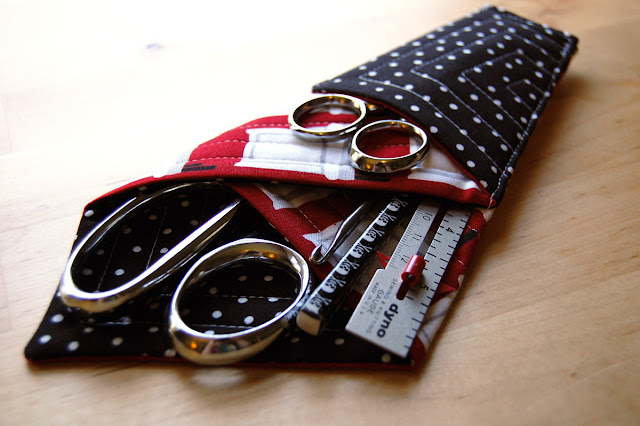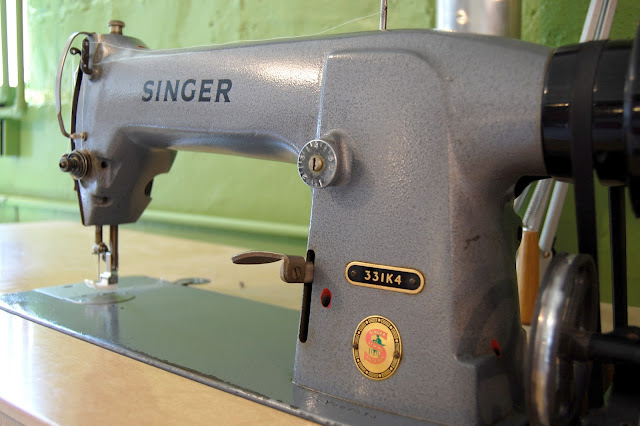300+ Years of Color Theory: Color Problems
I wasn't able to read this book in chronological order with the rest of the color theory books in my color theory reading project because it was previously unavailable. Luckily, this book was just reprinted at the end of 2018.
Color Problems: A Practical Manual for the Lay Student of Color by Emily Noyes Vanderpoel was original published in 1901, and reprinted in 1902-1903. You can find a free copy to read online here, but previous to the recent reprint this book was all but impossible to find.
Interestingly - I hadn't come across this book or any mention of it in my readings on color theory. It seems to have been lost to time, possibly because of the high cost of the original book, or even (according to one modern book reviewer) because the author was a woman writing about a subject dominated by men. I've often wondered while reading this list of color theory books why the authors were only men when clearly there have been amazing women working and thinking about color in the past 300 years. All of which made me SO EXCITED to read this book!
Clearly, Emily Noyes Vanderpoel is smart as hell when it comes to color. When this book was published 117 years ago, many people still didn't understand what color was, and were relying on age-old outdated ideas about the subject. Emily is extremely well-read on the subject (tackling some of the more scientific books about color vision theories) and explains it all quite clearly in her book, demonstrating a solid grasp of the various theories surrounding color vision and color pigments as used in art.
The author puts forth chapters to explain some basics about color; color vision in humans and color blindness, the most important theories about color, and concisely putting forth the most common color harmonies. All explained in an easy-to-understand manner, although some of the concepts can be confusing or hard to grasp.
The most exciting part of the book is the multiple examples of color studies shown in charts and diagrams (you can find her color analysis charts online free right here!). This is 50 years before Itten and Albers are teaching color in new, similar ways to Bauhaus students, and Vanderpoel is said to have been the first person to conceptualize the abstraction of objects simply to study the pure color combinations.
Some of these color studies include nested squares, so very similar to Homage to the Square series by Josef Albers 50 years after this book was first published.
Other color studies are abstractions of objects in grids. Here's an example of one of Emily's Color Analysis grids below.
Also intriguing are the author's Color Notes, nothing more than quick brush strokes of color to capture the overall color palette in an interesting scene or object. Notes with each page record basic information about where the color combination came from.
I'm still paging back through this book, especially the color plates, and thinking about the author's approach to studying color. I'd love to try some of the 10 x 10 Color Analysis grids myself in the new year, keeping them in my sketchbook for color inspiration. I'd absolutely recommend this book to you if you love creating with color, no matter what it is you create with.
Color Problems: A Practical Manual for the Lay Student of Color by Emily Noyes Vanderpoel was original published in 1901, and reprinted in 1902-1903. You can find a free copy to read online here, but previous to the recent reprint this book was all but impossible to find.
Interestingly - I hadn't come across this book or any mention of it in my readings on color theory. It seems to have been lost to time, possibly because of the high cost of the original book, or even (according to one modern book reviewer) because the author was a woman writing about a subject dominated by men. I've often wondered while reading this list of color theory books why the authors were only men when clearly there have been amazing women working and thinking about color in the past 300 years. All of which made me SO EXCITED to read this book!
Clearly, Emily Noyes Vanderpoel is smart as hell when it comes to color. When this book was published 117 years ago, many people still didn't understand what color was, and were relying on age-old outdated ideas about the subject. Emily is extremely well-read on the subject (tackling some of the more scientific books about color vision theories) and explains it all quite clearly in her book, demonstrating a solid grasp of the various theories surrounding color vision and color pigments as used in art.
The author puts forth chapters to explain some basics about color; color vision in humans and color blindness, the most important theories about color, and concisely putting forth the most common color harmonies. All explained in an easy-to-understand manner, although some of the concepts can be confusing or hard to grasp.
The most exciting part of the book is the multiple examples of color studies shown in charts and diagrams (you can find her color analysis charts online free right here!). This is 50 years before Itten and Albers are teaching color in new, similar ways to Bauhaus students, and Vanderpoel is said to have been the first person to conceptualize the abstraction of objects simply to study the pure color combinations.
Some of these color studies include nested squares, so very similar to Homage to the Square series by Josef Albers 50 years after this book was first published.
Other color studies are abstractions of objects in grids. Here's an example of one of Emily's Color Analysis grids below.
These grids are 10 x 10 graphs (100 squares in the grid) that help to dissect the combination of colors, making it easy to quickly look at the ratios of colors used. There's a bunch of examples in the book, super interesting to look at each and every one.
I'm still paging back through this book, especially the color plates, and thinking about the author's approach to studying color. I'd love to try some of the 10 x 10 Color Analysis grids myself in the new year, keeping them in my sketchbook for color inspiration. I'd absolutely recommend this book to you if you love creating with color, no matter what it is you create with.









Comments